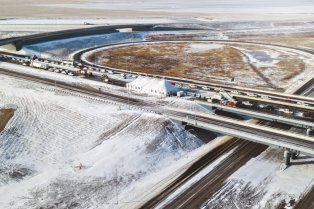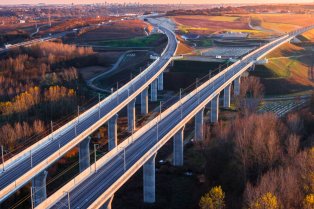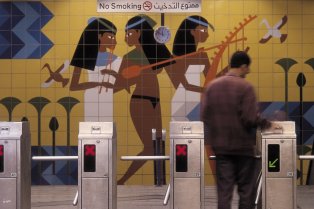Charilaos Trikoupis: designing a bridge able to withstand extreme conditions
To safely connect the Peloponnese peninsula to mainland Greece, we designed, financed and built the Charilaos Trikoupis Bridge between Rio and Antirrio. Today, we operate and maintain the bridge, which is able to withstand natural disasters, even major earthquakes.
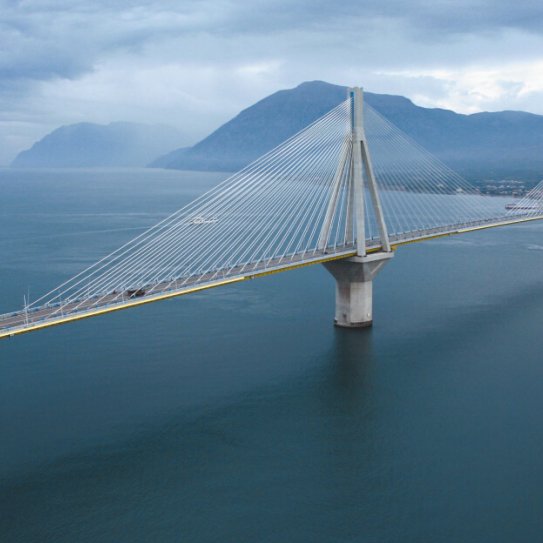
Facilitating connections between the Peloponnese peninsula and mainland Greece
It was in the late 19th century that the idea of a bridge crossing the Gulf of Corinth first emerged. However, it was not until the 1990s that it became possible. Construction began in 1998 and was completed in 2004, a few months before the Athens Olympics.
The bridge falls within the wider strategy to boost economic growth on the Peloponnese peninsula and mainland Greece, either side of the Gulf of Corinth. The ferry service was no longer able to sustain the constant growth in traffic between the two sides of the Gulf. While the crossing used to take 45 minutes by boat, people can now complete the journey in just 5 minutes.
61.7
million vehicles have travelled across the bridge since it was commissioned in 2004
5
minutes to cross the Gulf of Corinth by car
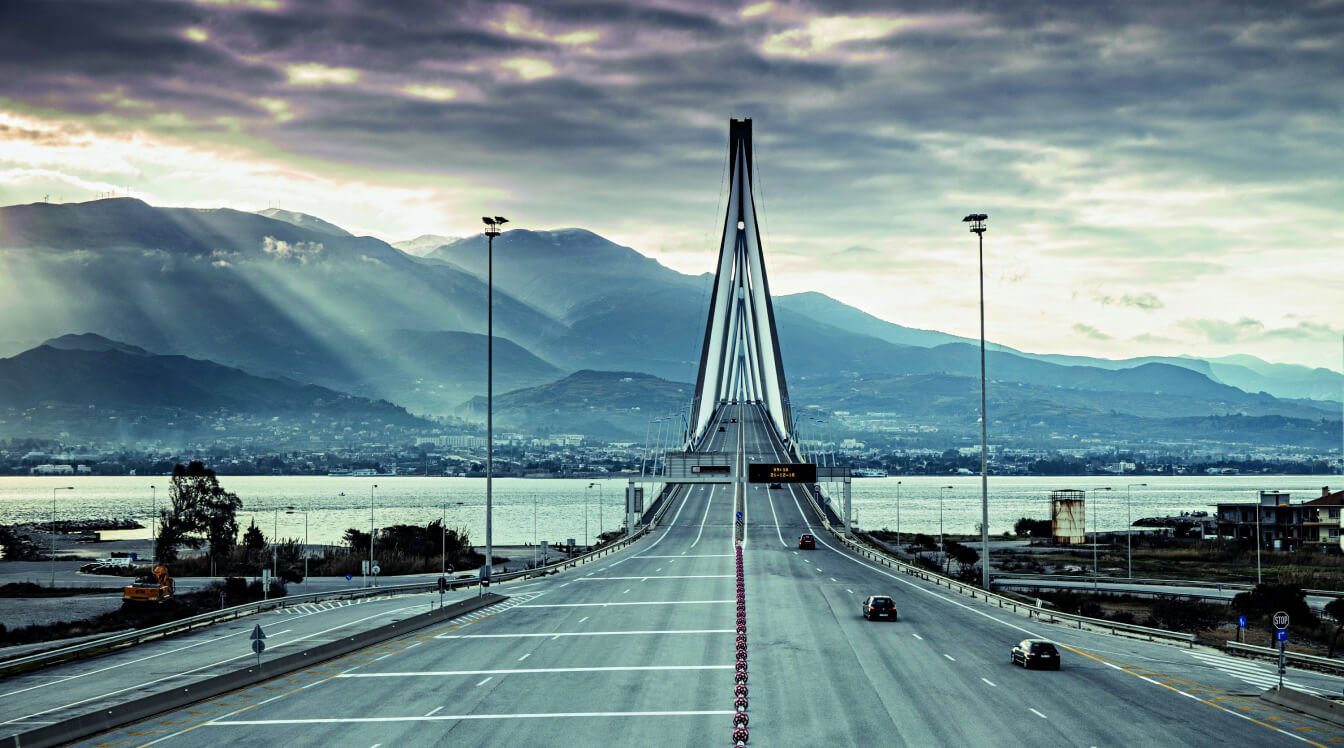
An exceptional bridge
The bridge spans 2,883 metres in length and is able to resist earthquakes measuring up to 7 on the Richter scale, wind speeds of nearly 250 km/h and the impact of boats weighing up to 180,000 tonnes travelling at speeds of 16 knots, or almost 30 km/h.
The fruit of collaboration between VINCI Construction Grands Projets, Freyssinet, Sixense and Eurovia (VINCI Construction), this project represented a considerable technical challenge. Indeed, we had to reinforce the 60-metre deep seabed. The pillars that support the bridge were erected on large foundations, each 90 metres wide, the largest ever built. As such, they can withstand forces that would topple any ordinary bridge. The bridge deck, where the vehicles drive, does not sit on the pillars: it is suspended on stay cables, which means it may move and sway in the event of an earthquake. The steel and concrete pylons, on top of which the 368 stay cables are attached, required our specialist teams to work at a height of 130 metres above sea level. To ensure the bridge is safe, a monitoring system was designed to carefully track any changes to the structure.
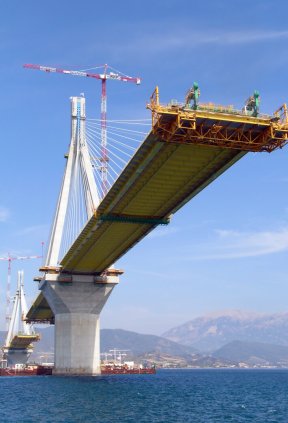
Considerable local involvement
The project to build the bridge involved 1,200 people, most of whom lived in the local area and received training in the techniques required. Consequently, the project registered zero accidents and enabled Greek workers to gain a professional qualification, even though there is no public works university in the country. The construction of the Charilaos Trikoupis Bridge was not only an incredible technical achievement: it has also created a powerful social impact.
Furthermore, by improving mobility and making it easier to cross the Gulf, the bridge has also boosted tourism in the region, which has grown by over 6% each year.
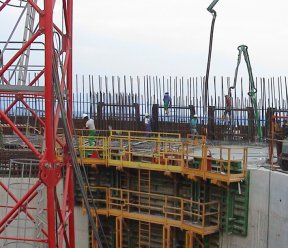
1,200
people involved
77
million vehicles have travelled across the bridge since it was commissioned in 2004
20
years since it first opened : The Olympic Flame crossed the bridge on its way to the Paris 2024 Games
